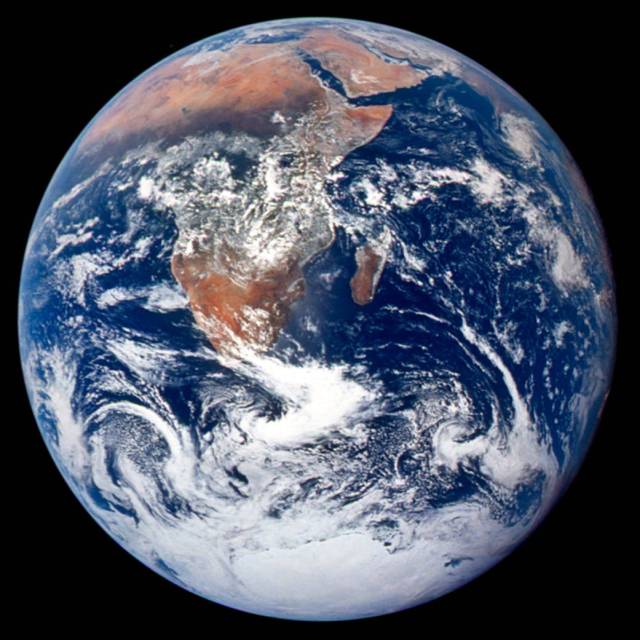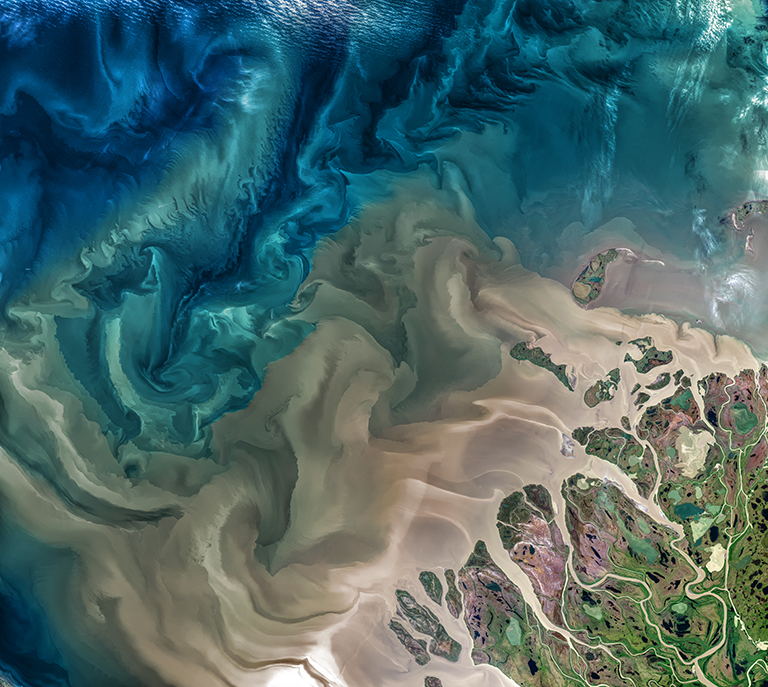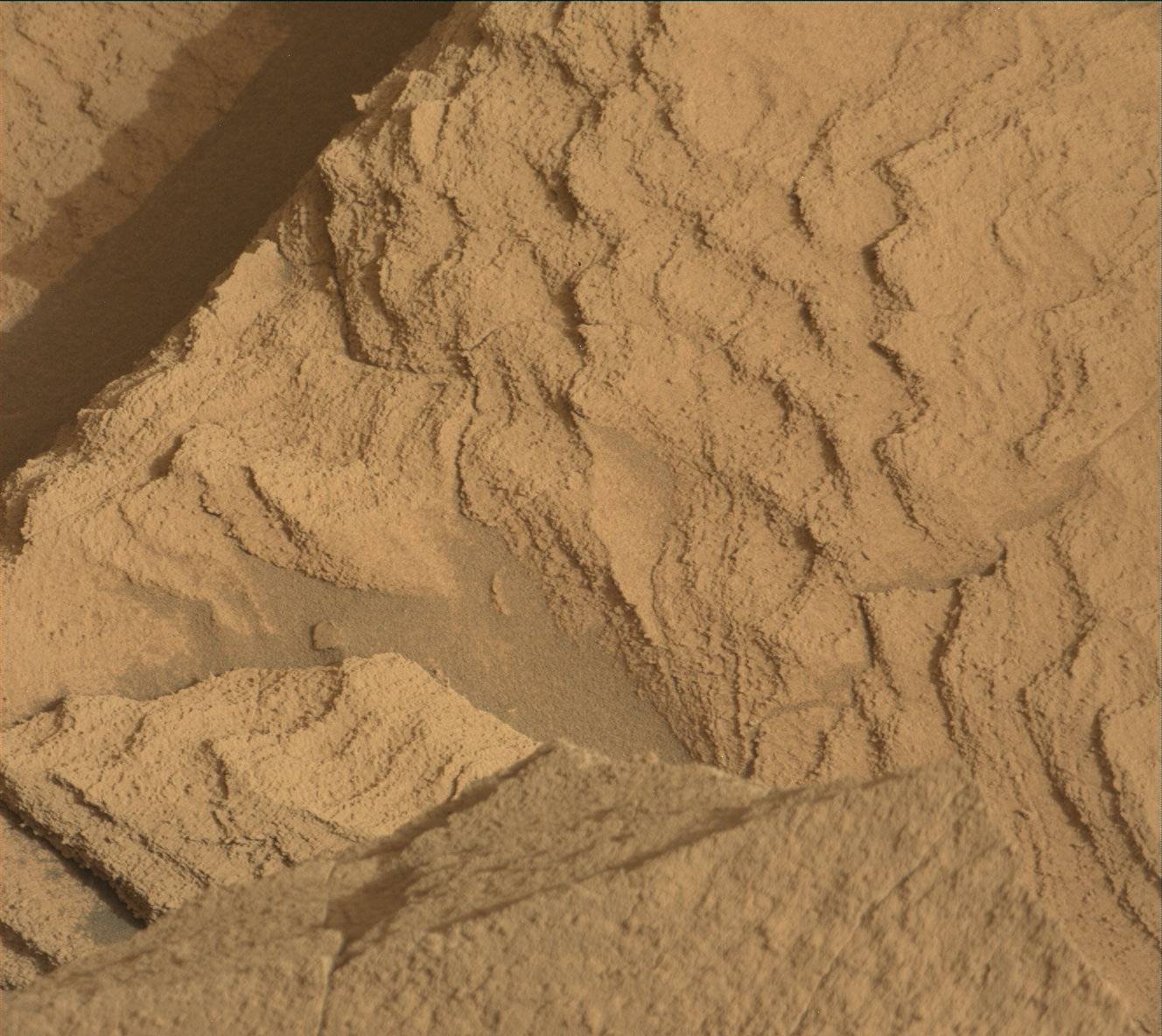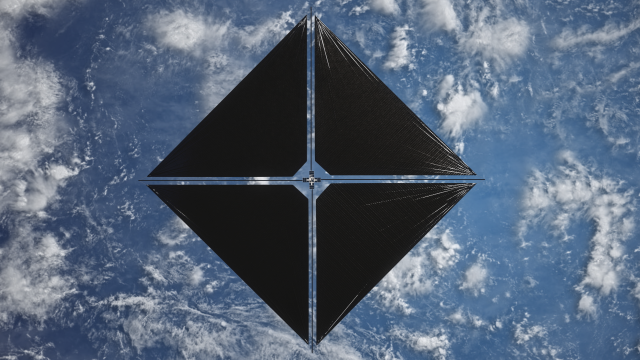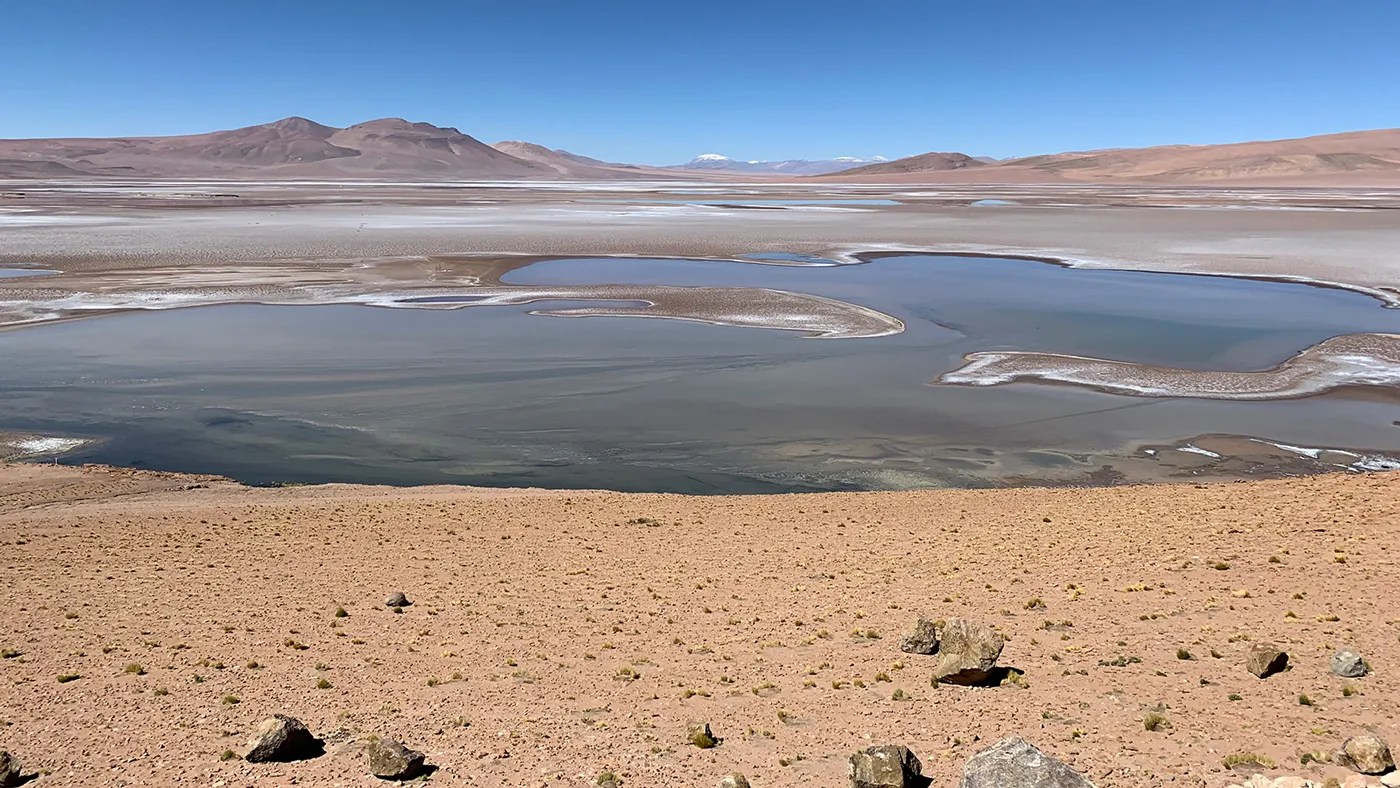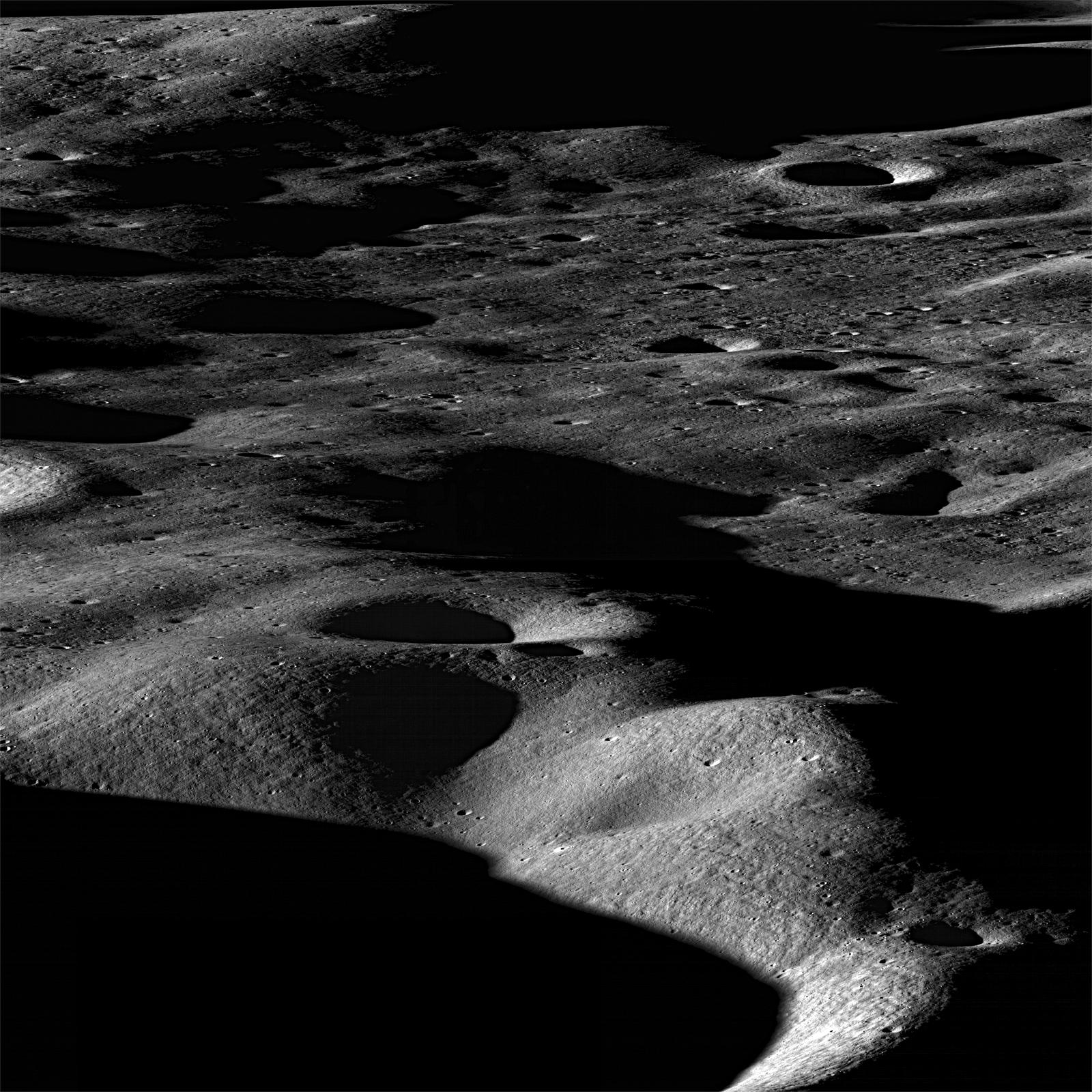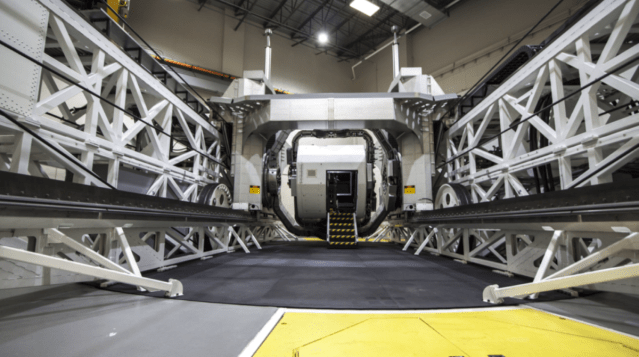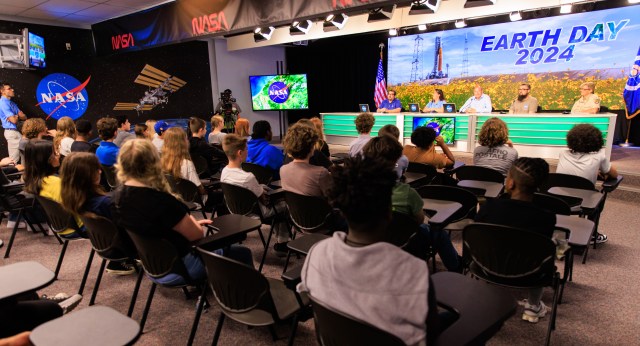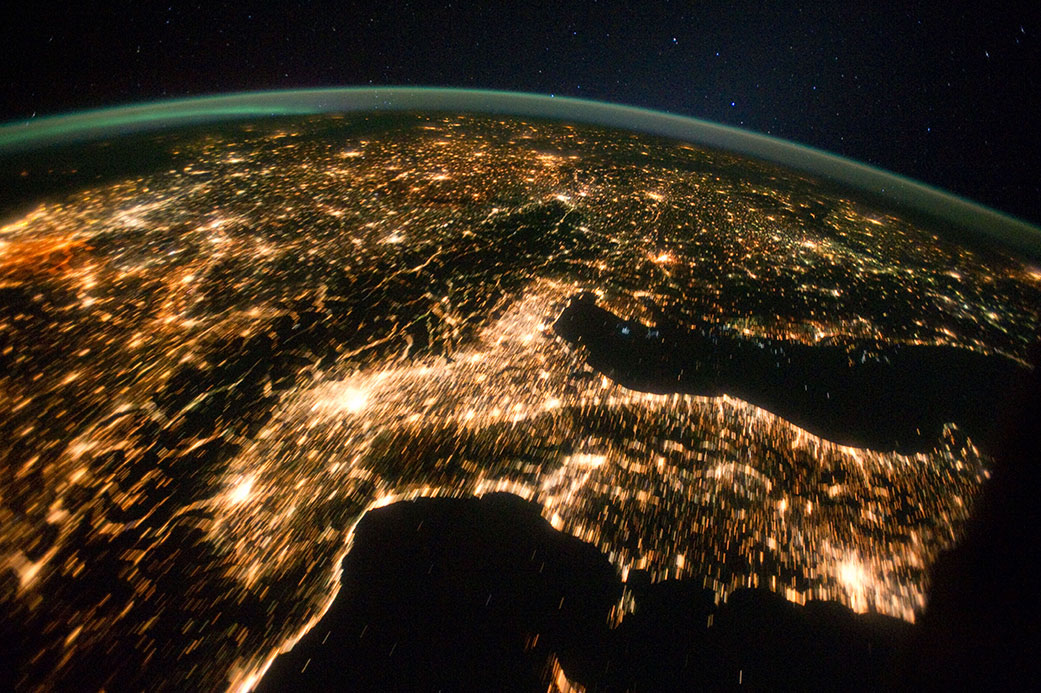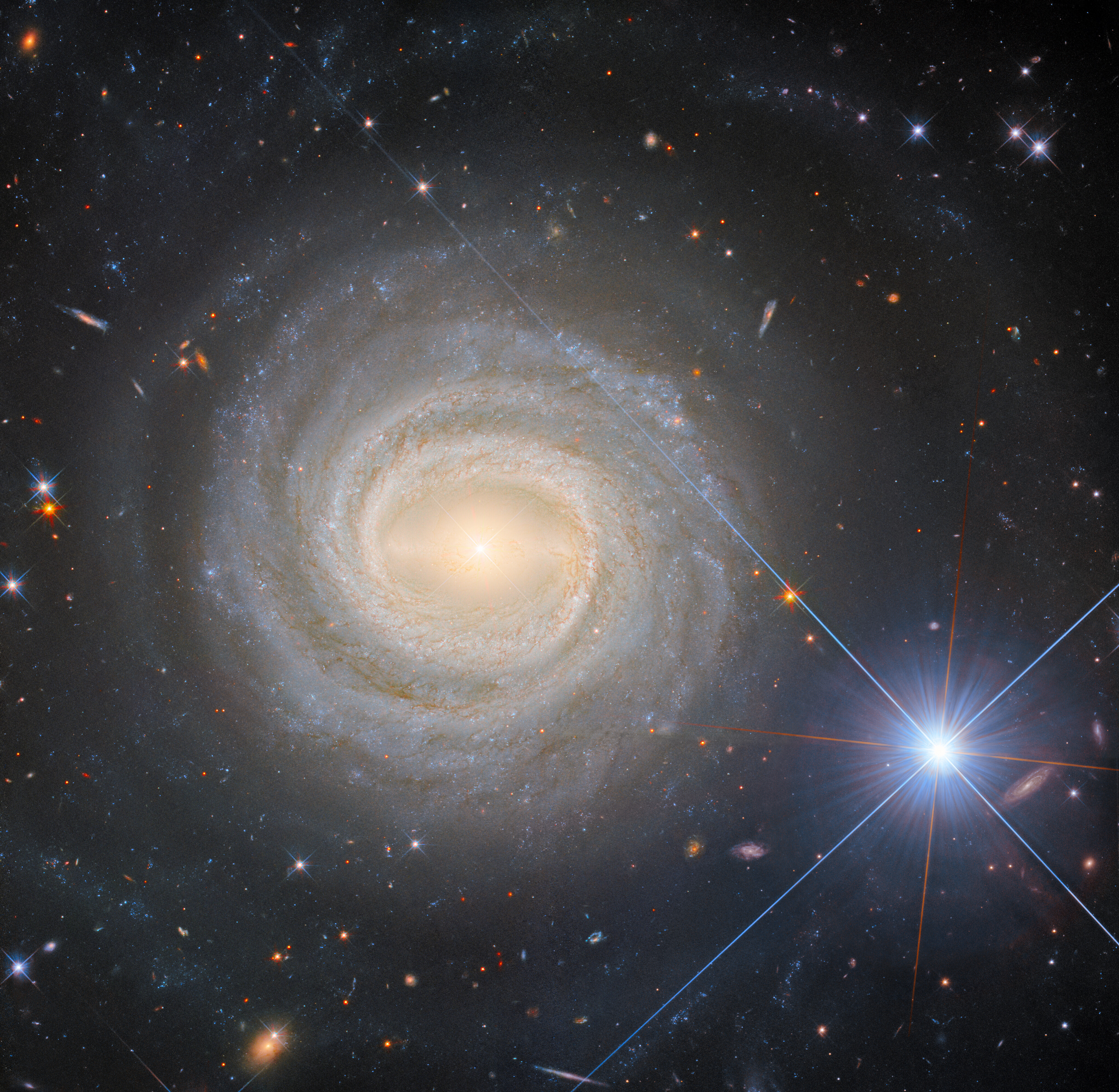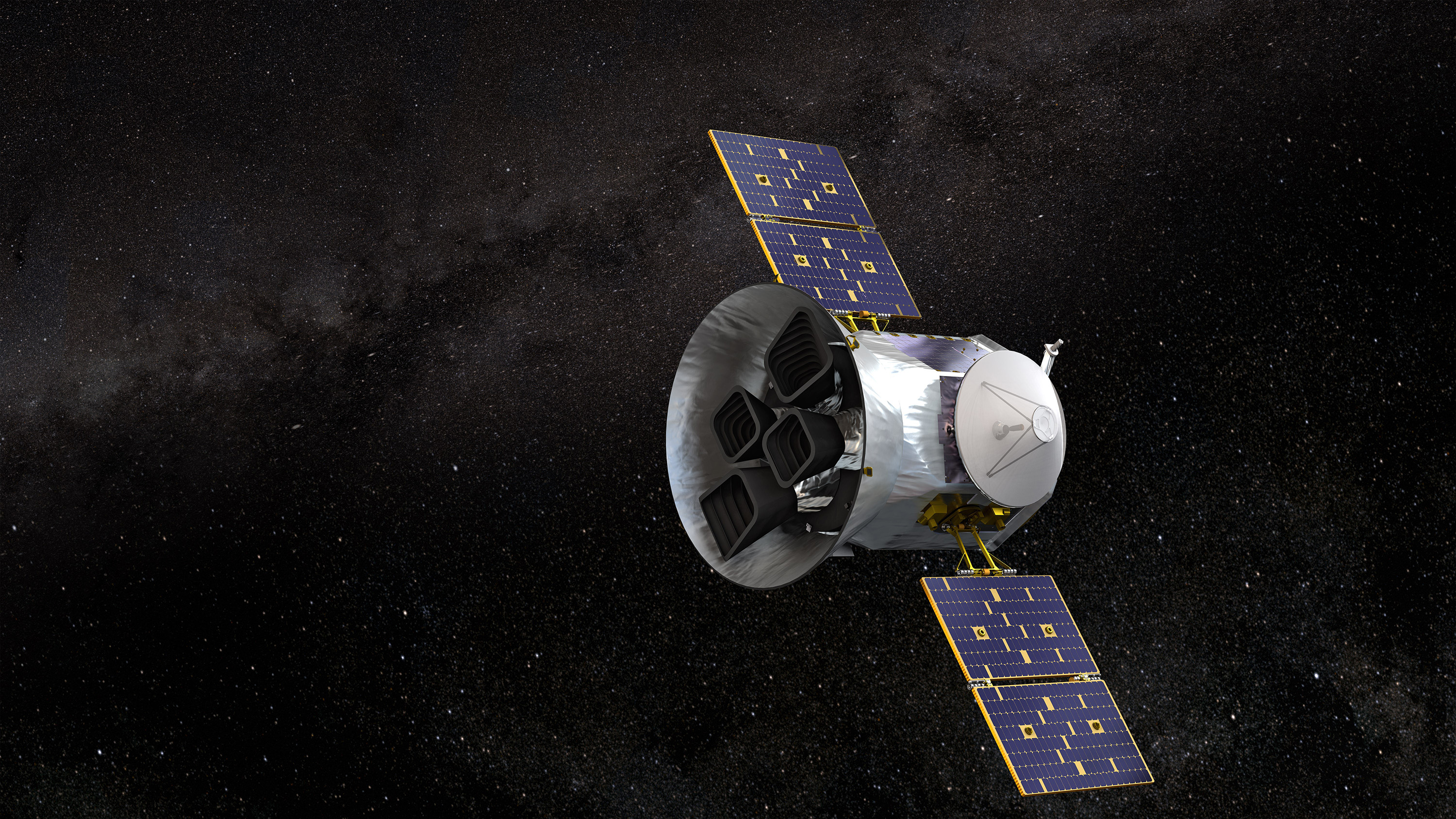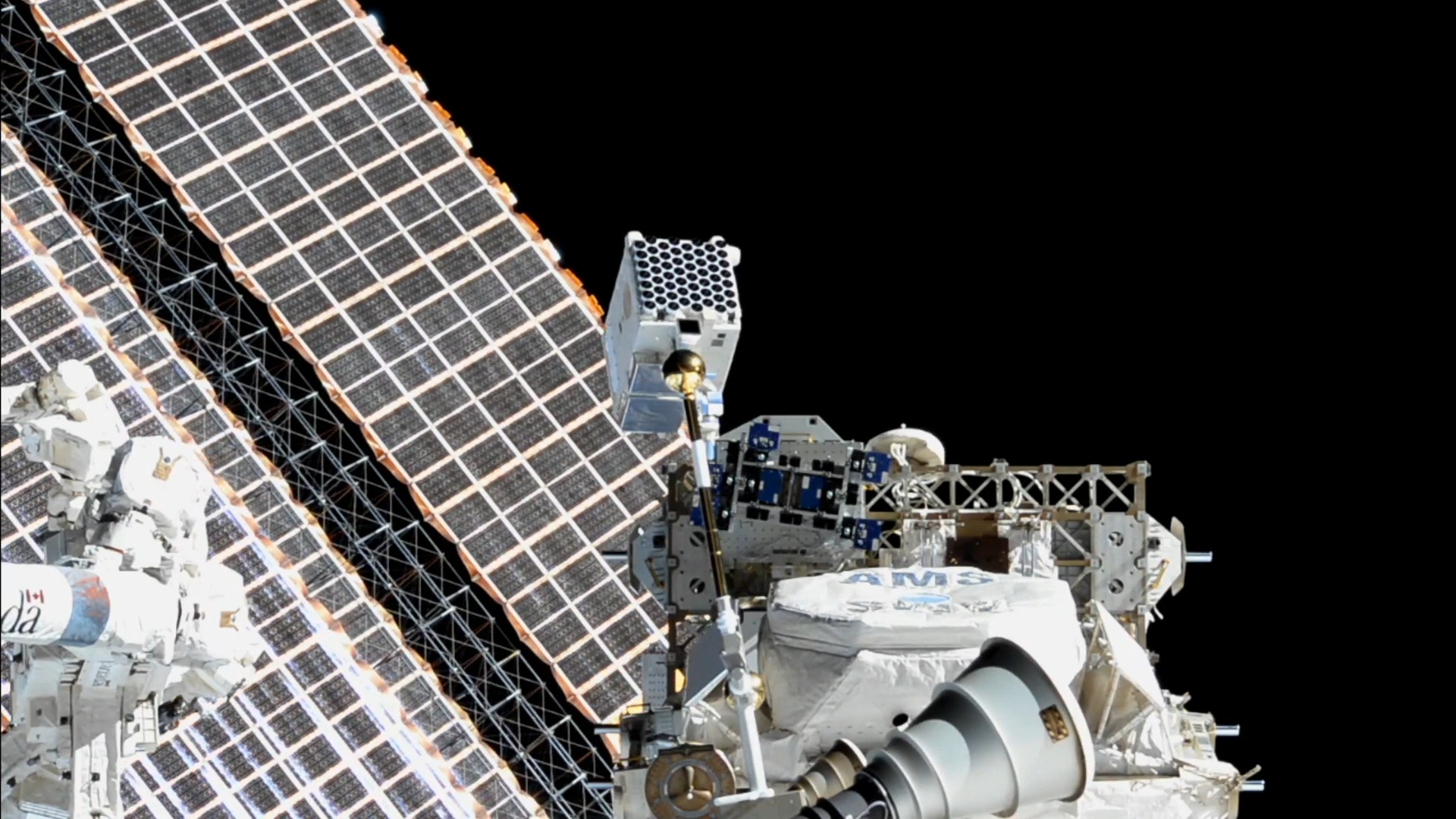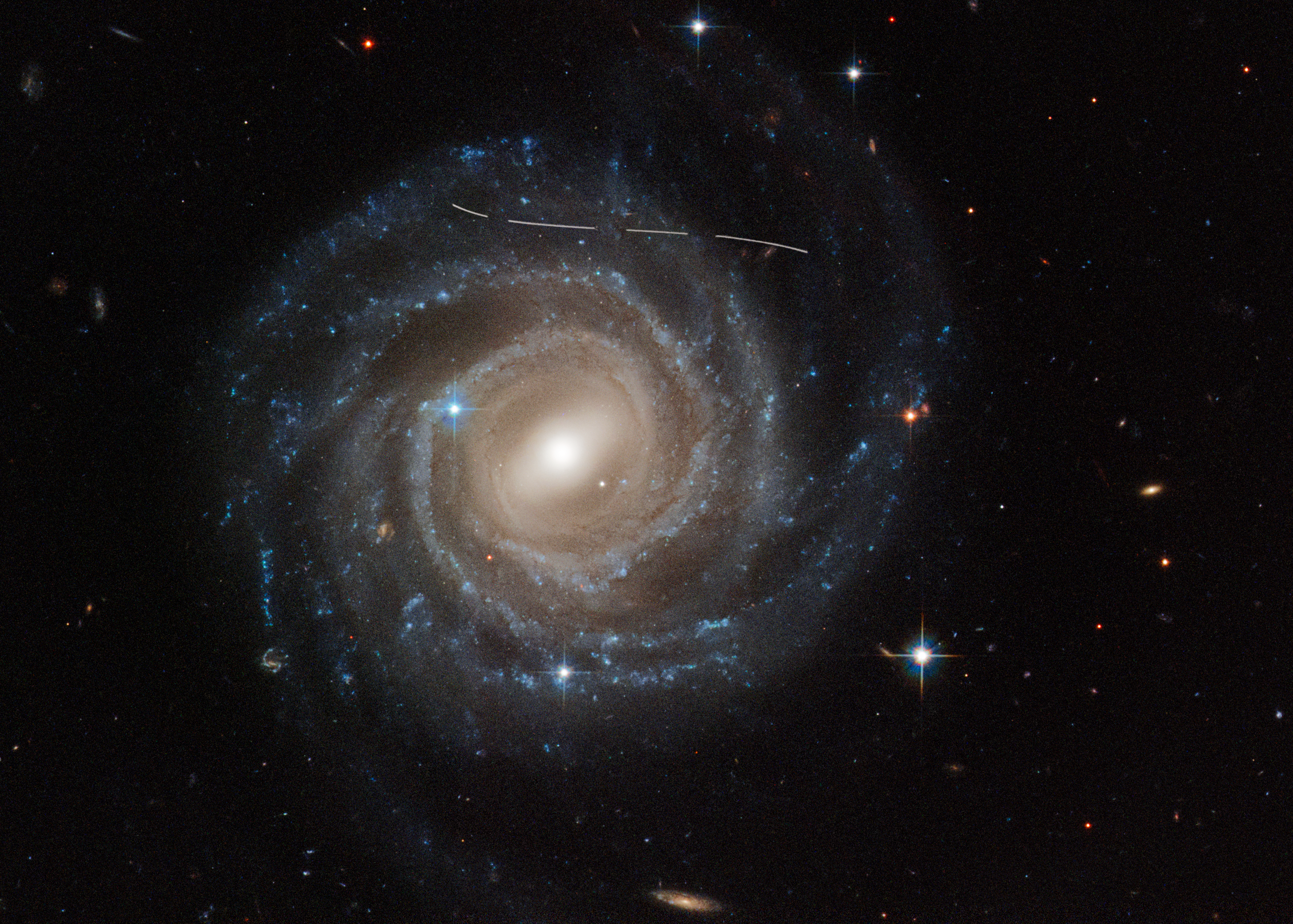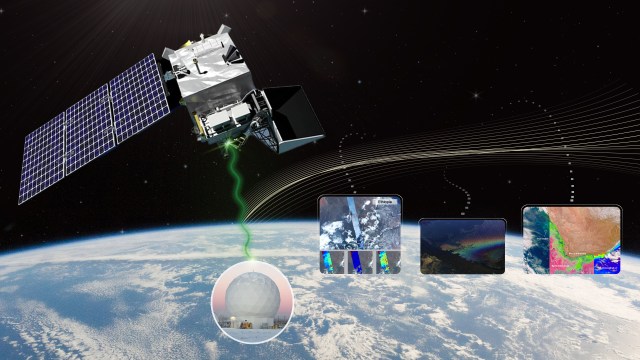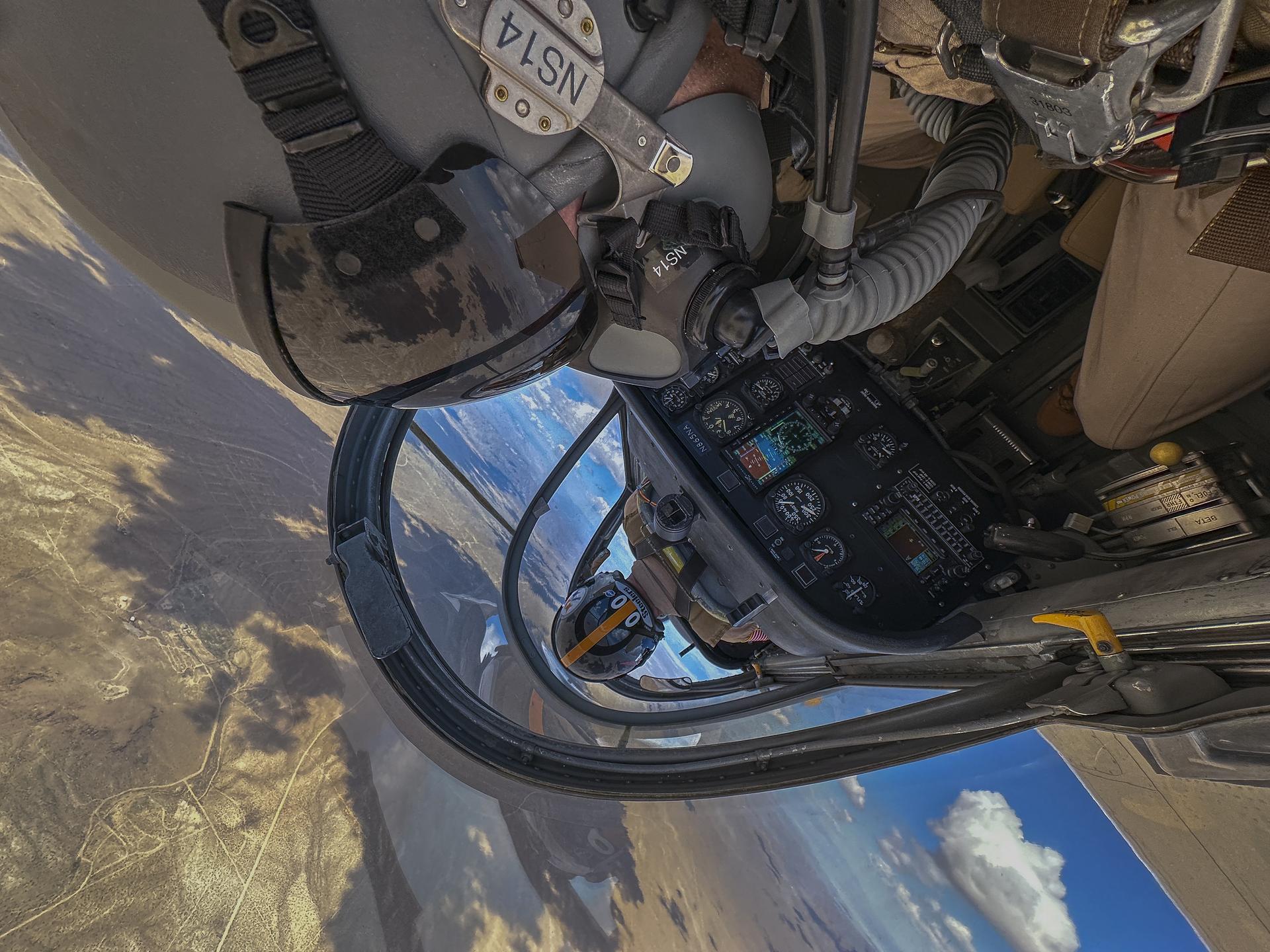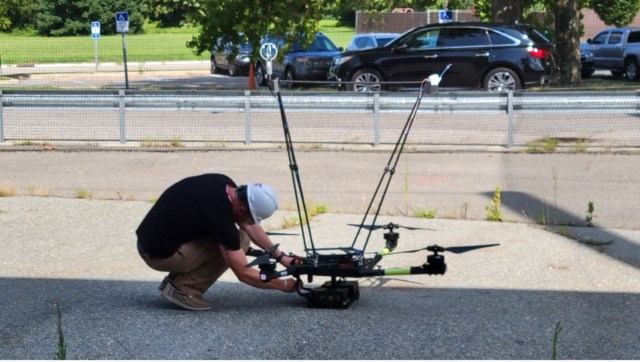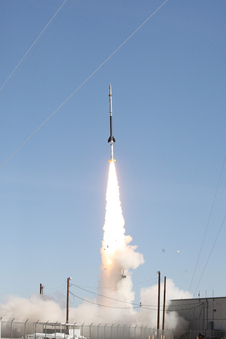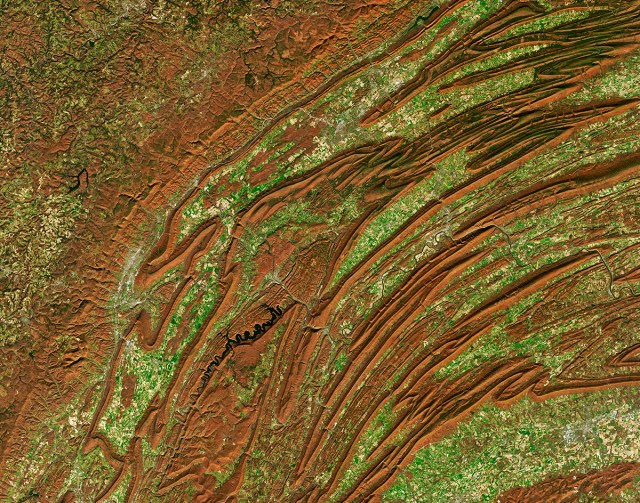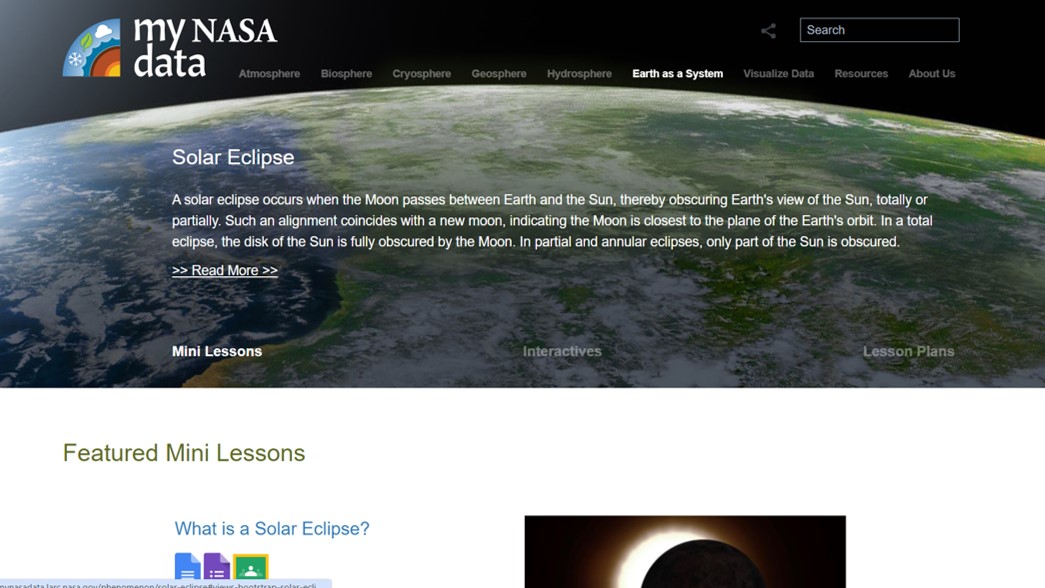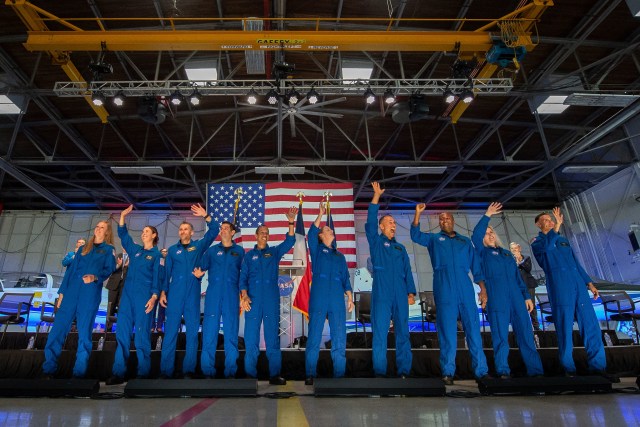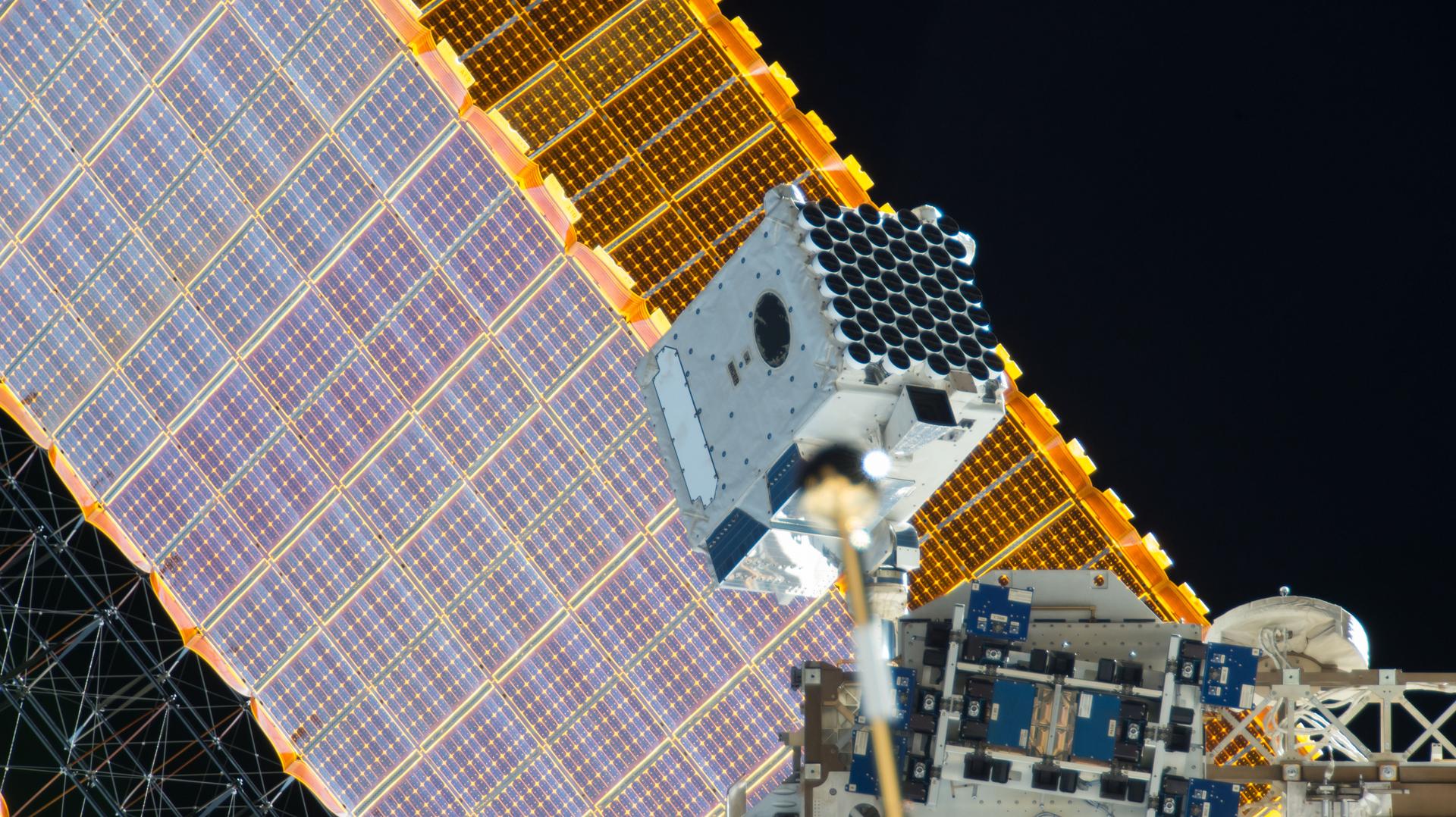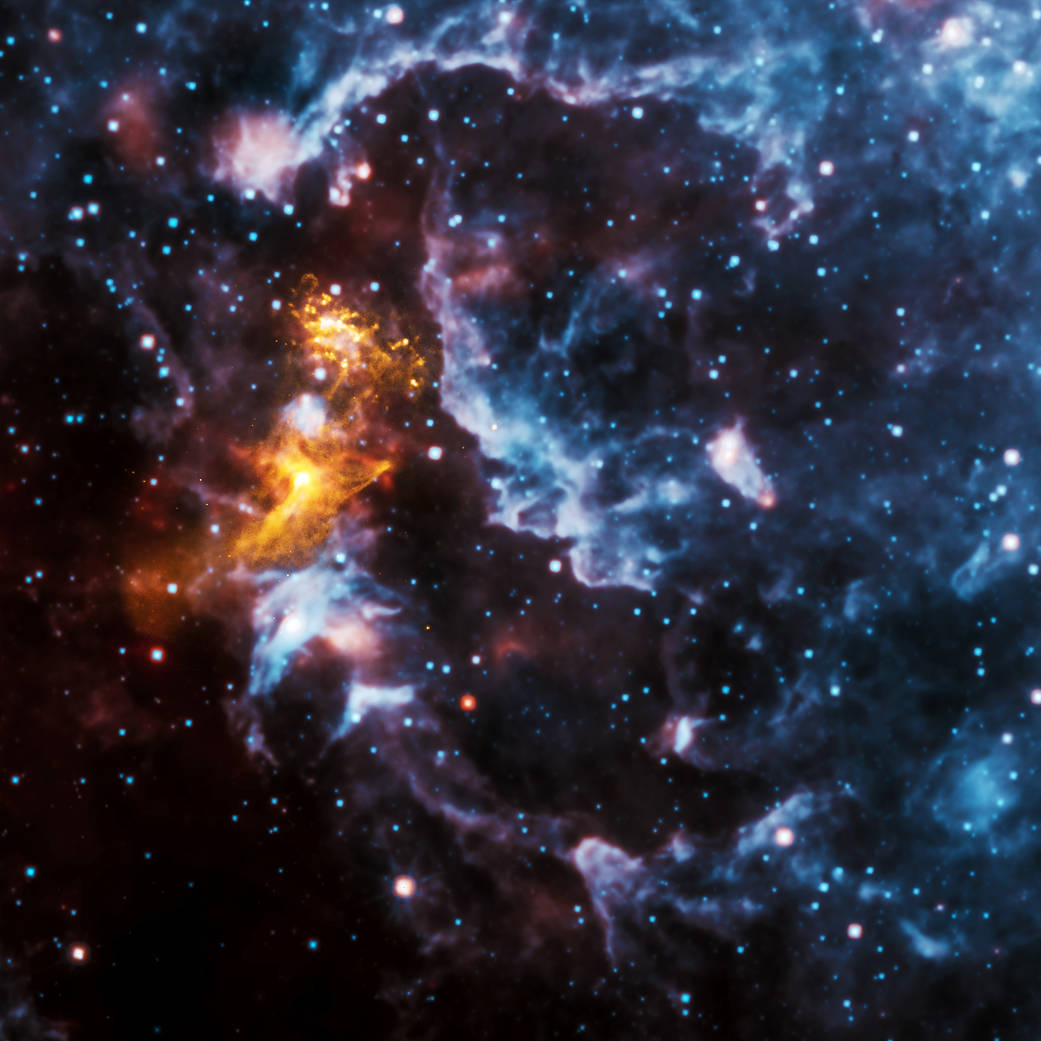What is pareidolia? It is the psychological phenomenon where we see recognizable shapes in clouds, rock formations, or otherwise unrelated objects or data.
When an image from NASA’s Chandra X-ray Observatory of PSR B1509-58 – a spinning neutron star surrounded by a cloud of energetic particles about 17,000 light-years from Earth – was released in 2009, it quickly gained attention because many saw a hand-like structure in the X-ray emission.
In this image of the system, X-rays from Chandra in gold are seen along with infrared data from NASA’s Wide-field Infrared Survey Explorer (WISE) telescope in red, green and blue. Pareidolia may strike again as some people report seeing a shape of a face in WISE’s infrared data. What do you see?
NASA’s Nuclear Spectroscopic Telescope Array, or NuSTAR, also took a picture of the neutron star nebula in 2014, using higher-energy X-rays than Chandra.
Image Credit: X-ray: NASA/CXC/SAO; Infrared: NASA/JPL-Caltech

